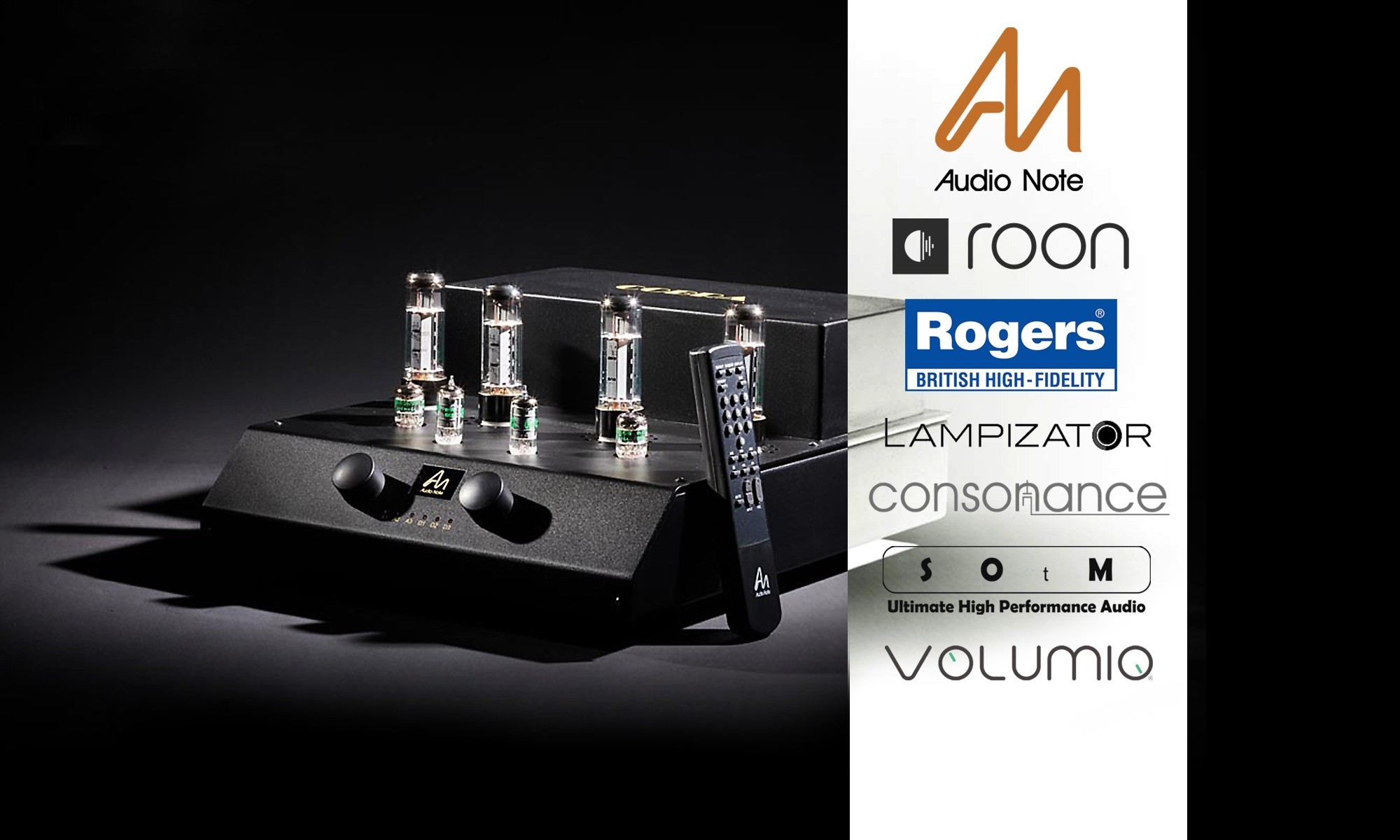Preuzeto sa diskusionog sajta …
austinpop said: Hi @romaz Any update on this? Fid you receive your sCLK-EX, and if so, how does it sound?
I am wondering whether to wait for this to buy the sMS-200. In my recent evaluation, I paired it with a chain of Intona and RUR on USB, and that gave a significant SQ bump over the direct USB connection to the DAC (Codex). This Ultra config would make sense if it eliminates the need for external reclockers like the RUR. But galvanic isolation is still a question. I suspect your DAVE has it’s own galvanic isolation as to render something like the Intona unnecessary. But with the reclocker built into the streamer, I suspect adding an Intona, while adding GI, will negate the benefit of the sCLK. Interestingly, I found even the mR benefits from the Intona/RUR combo in the USB chain, even though it has a Regen built in. This may be off tangent to the direct Ethernet discussion. Sorry.
Yes, busy weekend. My SOtM bundle arrived on Friday and I had some initial problems with powering them but they have been sorted out. As before, what spurred this whole venture was my unexpected observations with my Paul Pang switch with TCXO clock. I bought this relocking switch 2nd hand on a whim because I was curious to know what reclocking an ethernet stream might sound like just prior to the stream entering either my music server (Mac Mini) or NAA (sMS-200 or mR). With my NAA in the standard configuration (connected directly to a router), this reclocking switch made a small difference but barely worth the $100 I spent for it even when powered by an LPS-1. With either NAA directly connected to my Mac Mini and with this reclocking switch in the “direct” path, however, I was quite surprised by the significant improvement in terms of soundstage and clarity. Obviously, while TCXO clocks are better then the standard clocks that come in all-purpose network switches, Paul Pang sells an even better OCXO version with 10x better stability than his TCXO switch and so my attention was drawn there. About this time, I had taken delivery of an “UP-OCC grade” SATA cable for my music SSD that was hand made for me by Chan King Girand Michel, owner of Pachanko Cables based in France and he told me how his new SOtM sCLK-EX “super clock” made his Paul Pang V4 USB card with OCXO clock like a “child’s toy.” Based on conversations with May Park of SOtM, it appears they were quite surprised also by how much better their new super clock, the sCLK-EX, was sounding compared to their previous best clock. Unfortunately, because of the larger size of this clock board, they were unable to retrofit it into the sMS-200’s existing case. It turns out, however, that there was enough space in their USB-to-SPDIF converter, the tX-USB HD, to accommodate this clock and so this is where things got interesting. For those of you that know the Chord DAVE, you know that USB is its best input. It is the only input that is synchronously tied to DAVE’s clock whereas the other inputs have to go through DPLL first. Furthermore, DAVE’s USB input is a “floating” USB design and it’s galvanic isolation is excellent. As previously stated, I heard no improvement whatsoever with an Intona Industrial. Furthermore, the RF isolation techniques that others were raving about (ie FMCs, isolation transformers) hardly resulted in any improvement (if any at all). If there was any leakage current that was being generated by my Paul Hynes SR7, it was resulting in no sonic penalty that I could detect as my SR7 sounded noticeably better than my highly regarded LPS-1. Just to be sure, I had an Aurender W20 in house a while back and directly compared the W20’s USB output against its SPDIF and AES/EBU outputs to DAVE. Despite using a set of highly regarded High Fidelity Cables SPDIF ($4,500) and AES ($7k) cables that I had on loan and despite Aurender’s claim that their AES output sounds best on the W20, USB still won out. So the prospect of buying this USB-to-SPDIF converter from SOtM (even with its super clock) didn’t sound like money well spent. What made it interesting was the sCLK-EX has the option of 4 independent outputs and SOtM’s USB-to-SPDIF converter only required one of these outputs and so I approached SOtM with the idea of using the other 3 outputs for other components. As it turns out the sMS-200 has 2 clocks which left me with one available clock and so I elected to use this for my cheap $20 Trend Net 5 port switch I had lying around. This switch was convenient because (1) I already owned it and (2) I could power it with my 5V LPS-1. Here are a few photos of the triple combo: Here is the tX-USB HD opened up and you will see the clock board as well as the USB to SPDIF converter board in the same chassis. Out of the clock board, you can see 4 black clock cables (30cm each) leaving it for their desired destinations (1 for the USB to SPDIF converter, 2 for the sMS-200 and 1 for the switch):

